Food Photography Meets Weddings: Tips for Capturing Reception Highlights
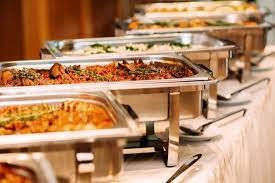

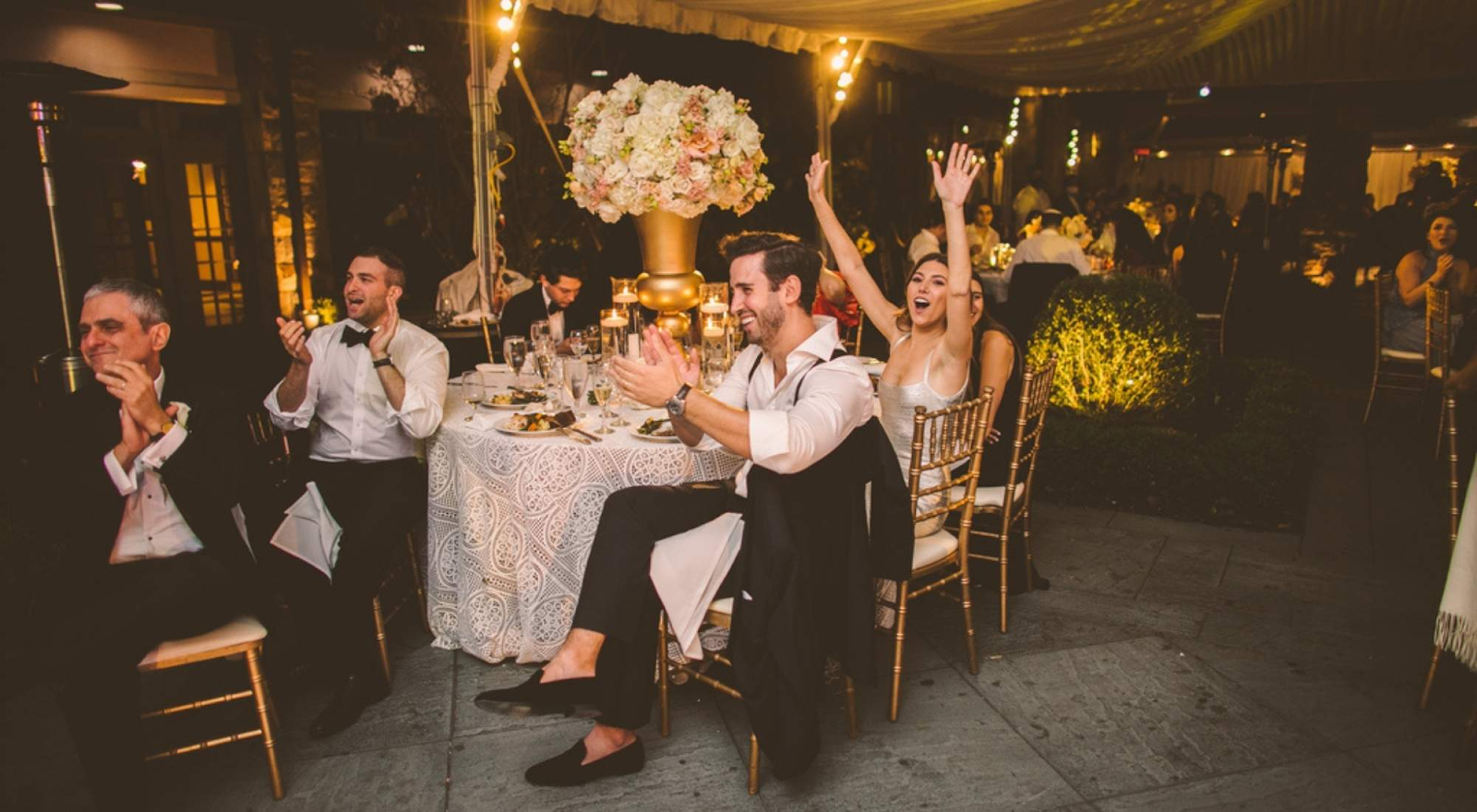
Food has always been at the center of wedding celebrations. From cake cutting to sumptuous buffets and plate meals, food provides energy to your guests, while some very unforgettable and aesthetic shots could be made with it.
Over the last years, food photography has turned from a niche genre into an in-demand skill, with couples wanting to capture their wedding reception meals as desperately as they did their dress and venue. Capturing the beauty of food during a wedding is definitely not an easy task, but with the right approach and technique, photographers are able to make these wedding reception moments come alive. This article shows how food photography and weddings go hand in hand and gives expert tips on how to take the best food photos at weddings. Be it a wedding photographer trying to expand his portfolio or a couple preparing for the big day, this guide will shed light on how food photography can add flair to an album.
Wedding food photography is an artistic-documentary kind of thing: not just snapping a shot of dinner, but a snapshot of all thoughts, time, and effort involved in creating that food experience.
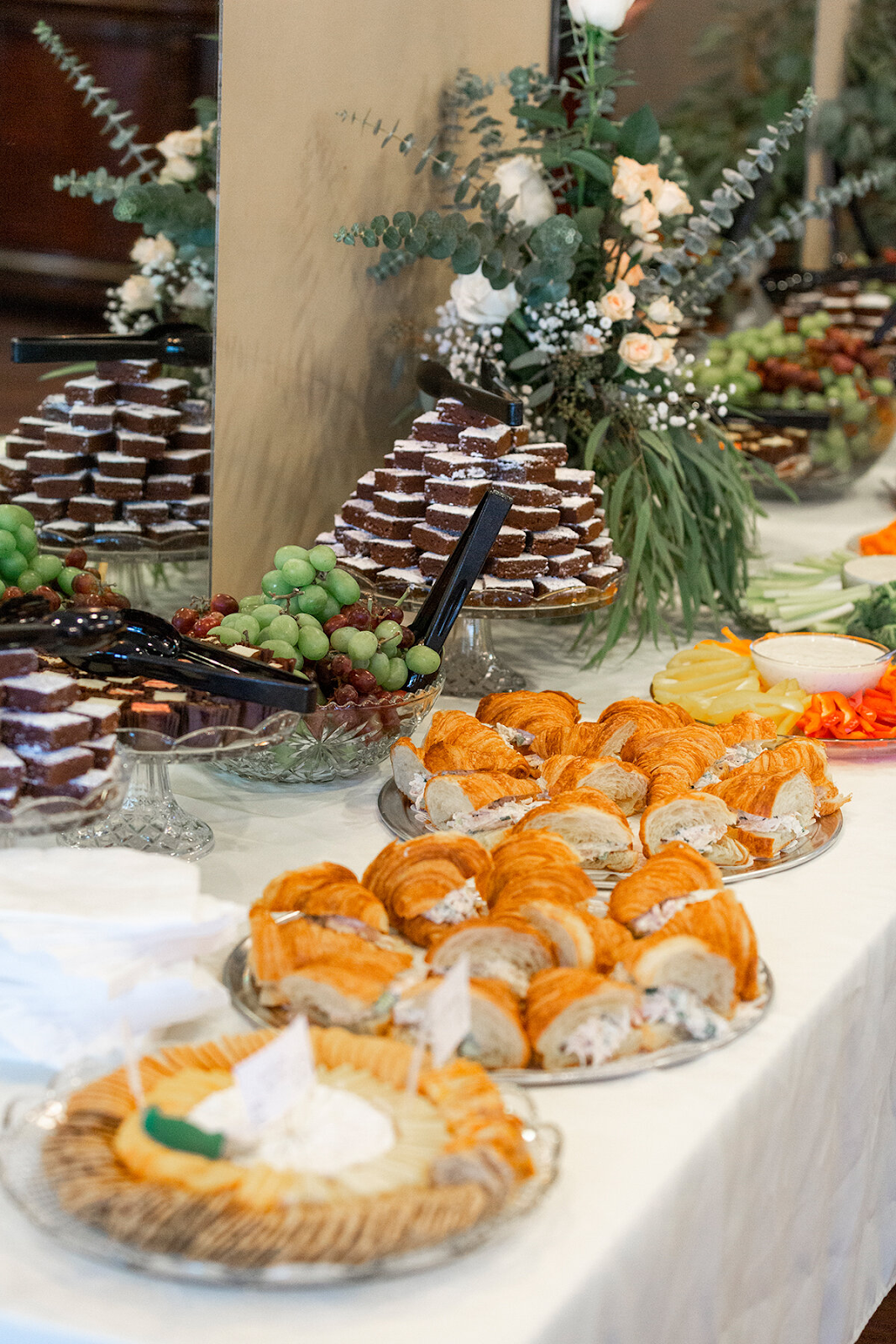
For many couples, the food will play a great part in the celebration to express themselves, maybe from some cultural backgrounds, or possibly with regard to some themes. Besides the traditional cake cutting, wedding meals could include plated courses, elaborate buffets, signature cocktails, or personalized dessert stations. Shooting every food beautifully does more than:
Before getting into the tips and tricks of food photography, it is necessary to be well prepared for the task ahead. Here are some of the basic preparatory steps to get you started: timing, light, angles, and composition, among other factors a wedding photographer should consider.
First, understand the couple’s vision. Some couples want very detailed shots of every dish, while others may only care about the cake or specific courses. Have a discussion with the couple or the wedding planner as to what their goals and ideas are regarding food photography for the day.
Good rapport with the caterers or chef is essential. If you are to shoot the food in prime, fresh condition before it is served to guests, ask if the dishes are going to be ready. Coordinating this will help avoid missing shots and shooting soggy or overcooked food.
One of the most critical factors in food photography is lighting. Proper lighting enhances the textures and details of the food, making it look appealing and appetizing.
Whenever possible, photograph food in natural light. Daylight is soft and warm and works really well with food. If possible, look for windows or outdoor settings for photographs. Direct sunlight is far too harsh and can give food overexposed areas and sharp shadows. Shooting on overcast days or during the golden hour is much better to capture the soft, even light that flatters the food.
If you are shooting indoors and there is not much natural light, use diffused artificial lighting. Softboxes or ring lights would be ideal for food photography as they provide soft, non-glaring light. Avoid flashing the food directly to avoid unflattering reflections and harsh shadows.
Besides the basic lighting of the food, consider the atmospheric light. It’s things like candlelight, chandeliers, or strings of lights that may help establish mood and context in which the food is being presented.
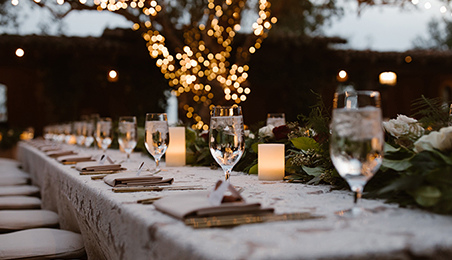
Food is just that much about display as it is taste. The thought of the actual serving and platting of foods can tell a far more visual tale. Here are some ways you can press home the appearance in your gastronomic photography shoot:
Whether you are photographing appetizers, entrees, or desserts, set the food on plates that complement the dish. Avoid cluttered or overly ornate plates that may distract from the food. Props like napkins, cutlery, and glassware should also not overpower the food but enhance it. You can add thematic elements like flowers, greenery, or rustic wooden elements, depending on the style of the wedding.
When you shoot, always keep in mind framing. Depending on the type of shot desired, center the dish in the frame, allowing room for styling around the food. For a buffet, wide shots can really tell the visual story of variety and abundance. For plated dishes, close-ups or side shots usually work quite well to capture textures.
Food is full of intricate details that are very easy to overlook in the hustle and bustle of a wedding. Shoot these tiny textures with macro lenses or zoomed in: the drips of sauce, the creamy layer of a dessert, or the glisten on a perfectly seared steak. These little things will add depth and richness to your photos.
Timing is everything in regard to when photographing foods throughout a wedding celebration. Usually dishes are introduced when the times could not get more opportune because the time ticked immediately started working in running down the food charm as soon as these were covered or served. So below are few food photography captures associated with their better timing over natural weddings.
Photograph the food, if possible, before the guests have taken their first bites. That means being prepared to shoot right before the plates are served or before the buffet line opens. Once the guests dig in, the food is no longer in its pristine condition. At this point, only a few kinds of food can still look photogenic, so you have to be quick and efficient with your shots.
Key moments of food photography may include cutting the cake, taking the first bite of a meal, and special food presentations, such as an ice cream cart or dessert table. Be certain to capture all these moments using close-up shots and wide ones for variety.
Beyond capturing the food itself, make sure to take candid shots of your guests enjoying their meal. The photos place the food in context—they show the connection of food and celebration. Capture your guests taking that first bite, laughing over a shared dish, clinking glasses.
Just like in traditional wedding photography, composition plays a huge role in food photography. Finding the right angle of photography of food may make all the difference to make it look appetizing or not. Experiment with different perspectives:
Overhead shots work for platters of food or large banquet spreads. This is a great angle for capturing the top view and showing a selection of dishes in one shot. It’s also ideal for platters of salads, pasta, and other items meant to be shared, such as hors d’oeuvres.
With side shots, you are able to focus on the textures of the food, especially when you are working with complex dishes. For example, side shots are perfect for shooting tiered wedding cakes, burgers, or dishes that have multiple layers of ingredients.
Use close-ups to capture the fine details of what was served, like the swirl of a frosting or the glisten of a perfectly cooked steak. These are good shots for adding some variety to your wedding photography portfolio.
The magic of post-processing in food photography—probably the most essential aspect. Of course, you have to shoot correctly in-camera, but this can really enhance photo quality. Following are some helpful editing tips when working with food photography:
White balance in food photography is important as it will reflect how the picture of the food will turn out. Warm white balance can give an inviting feel to the foods, while cool tones might make the food look unappealing. Adjust the white balance to be in sync with the natural colors of the foods.
Food photography thrives on textures—be it the crisps of fried items, the creaminess of a dessert, or the juicy look of a fruit. Enhance these subtly with contrast adjustments that make food look more lifelike and delicious.
This will allow the viewer to concentrate on the food by using a vignette effect but not over-powering the shot. A soft vignette could create depth without drawing too much attention to the edges of the frame.
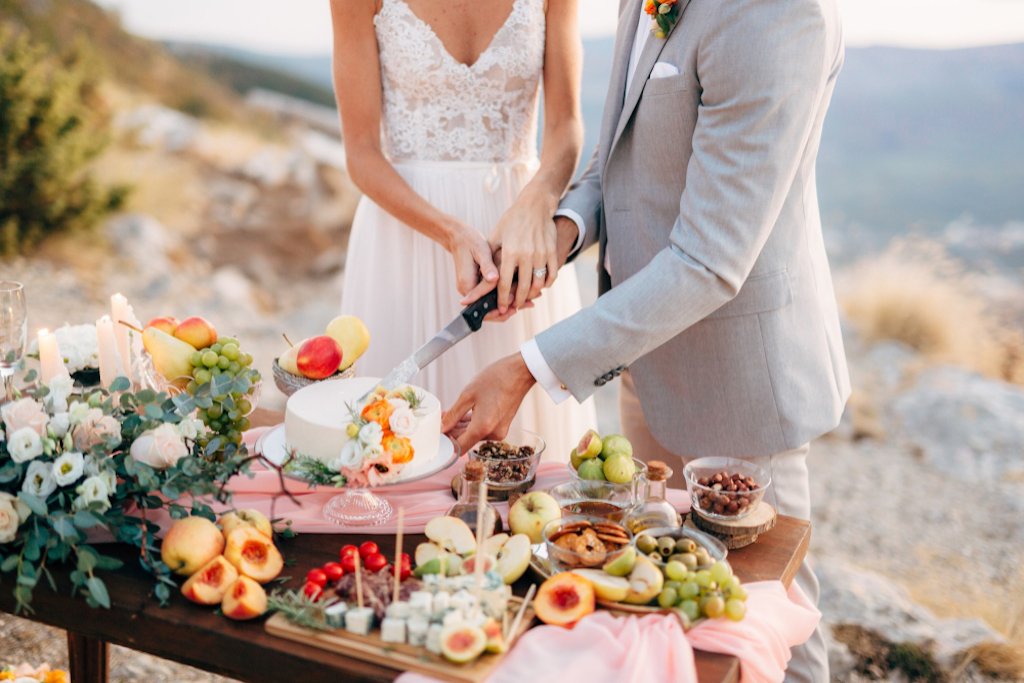
Wedding food photography is not just about capturing individual dishes; it’s about telling a story. Consider the overall narrative of the wedding day and how food fits into that story. Capture the preparation, the arrival of the food at the reception, guests enjoying the meal, and any special food-related moments. These will be the pictures that help capture memories of the wedding beyond the normal posed shots. Whether it is a candid shot of a guest relishing the first bite of the entrée or a quiet moment before the cake cutting, these food-related moments add a touch of reality to the wedding album.
Wedding food photography is not about capturing what is on the table, but capturing all the care, creativity, and celebration included in every dish. Food really takes center stage at weddings, from the meticulous preparation to the delight of guests as they indulge in their meals, and your photos should no less be reflective of that. With these tips, you can take stunning images of food that will complement the rest of the wedding photography—from the portraits of the couple to the flowers. Remember, wedding food photography is a story of celebration, one delicious shot at a time. Be it a professional photographer or the couple themselves who want to capture the real essence of this part of the day, here are some techniques to help them do justice to one of the most enjoyable aspects of the day.

